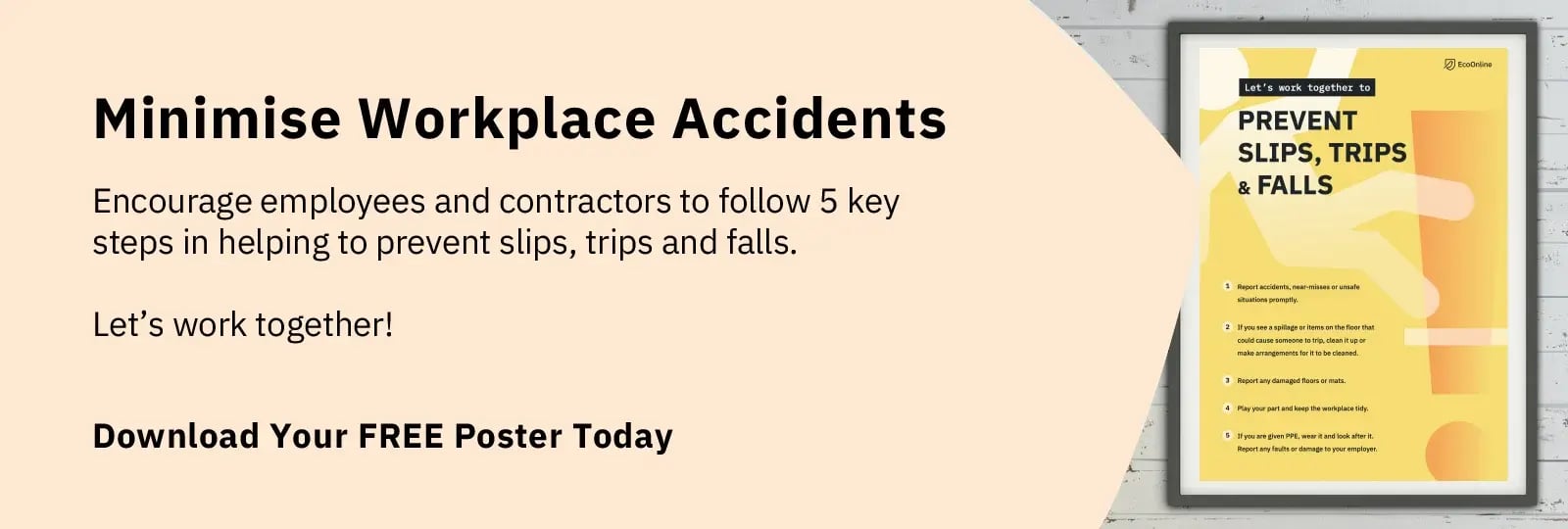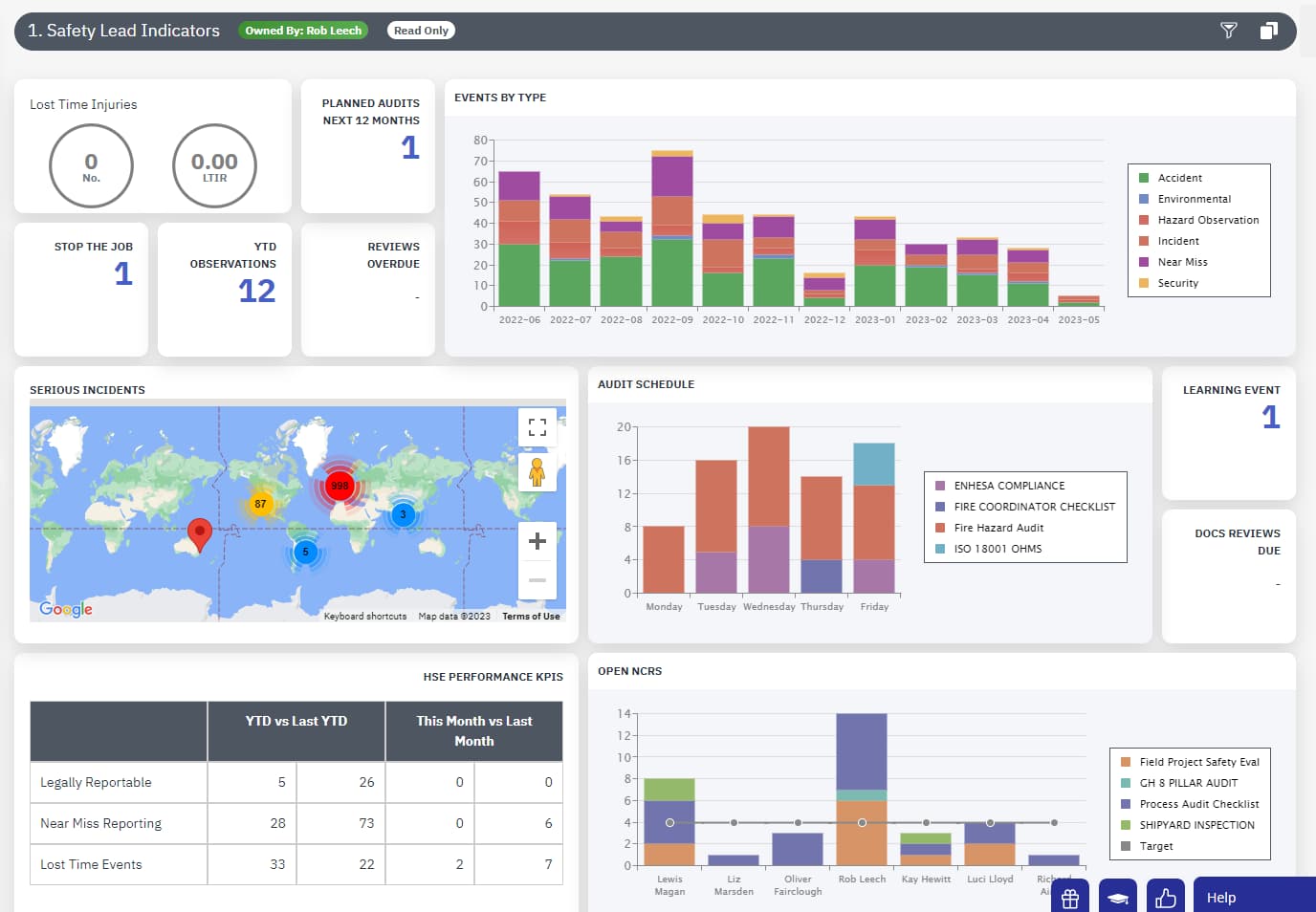
Construction Phase Plan (CPP) Meaning & Definition
What is a Construction Phase Plan (CPP)?
All construction projects require a Construction Phase Plan (CPP) before work begins. This is a crucially important document for managing and planning the project safely.
This document is required as per the Construction (Design and Management) Regulations. Commonly known as CDM 2015, these regulations are designed to ensure that all parties involved in a construction project take steps to ensure all health and safety risks.
The Construction Phase Plan simply outlines all the health and safety risks associated with the construction of a project, and any risk mitigation steps or control measures that the organizers have taken to reduce risk, or if possible, eliminate them.
This is a vitally important document that should provide detailed guidance, including information of any major risks, as well as health or safety arrangements made by those involved in the construction phase of the project.

When Should the Construction Phase Plan (CPP) be Developed?
IThe CPP must be developed before construction begins on any project. It’s also important to review, update, and revise the program regularly to ensure that it remains relevant as the construction site continues to change and evolve.
For instance, when construction begins on a clear ground site, the risks are generally quite different. They continue to change once the area has been dug out and construction begins with the main structure being erected.
Therefore, the Plan must be developed before the project, and as the construction phase progresses, it must continue to change and adapt.

What Should be Included in a Construction Phase Plan?
Each CPP is unique depending upon the conditions of the construction site, the nature of the construction work to be taken on site, and any health or safety risks that have been identified.
However, there are some important elements that should be included in all Construction Phase Plans, including the project details and the steps taken by the contractors to ensure the health and safety of the workers. Here are some important elements that are included in a CPP.
Project Details and Arrangements Made by Management
The first part of the CPP must include details about the project and all parties that are involved in it. This includes any names or contact details of important team members, including their job roles.
It also includes information about key dates, including deadlines for particular tasks, different phases, or when the project is expected to be completed.
Any arrangements made by the management should also be included. This includes any health and safety arrangements made by management, including how management intends to update key personnel involved in the project.
Control Measures and Essential Health and Safety Arrangements
The second and the most important section of the CPP focuses on the health and safety risks, the particular arrangements taken by management, and any control measures to keep workers and people on site safe.
The plan identifies any key health and safety risks that are related to activities on-site, and also factors in any scenarios that are likely to increase the severity of the identified risks.
Then, control measures must be identified and detailed on how to mitigate or reduce these risks. The plan even includes information about any arrangements taken for controlling the spread of hazardous substances, the use of personal protective equipment (PPE), usage and type of machinery on-site to deal with risks, or any physical barriers to reduce access on-site.
According to Schedule 3 of the Construction (Design and Management) Regulations, specific arrangements must be outlined in the CPP if activities fall within one or more of types of work specified below:
- Work that increases the risk of workers getting buried under earthfall or sustaining a fall from a height.
- Activities that increase the risk of contact or exposure with biological or chemical substances that could affect the health and safety of workers.
- Activities that increase the risk of exposure to radiation, as specified in regulation 16 of the Ionizing Radiations Regulations 1999.
- Activities that involve working near high-voltage power lines.
- Work that increases the risk of drowning
- Working in tunnels or in underground wells.
- Work being carried out by divers with limited air supply.
- Work that involves the use of controlled explosives.
- Activities that involve the disassembly or assembly of prefabricated components.
- Activities that workers to perform operations in an atmosphere that involves compressed air.
These continue to change as activities on-site continue to evolve since it’s a live document. In case of any unforeseen events, such as the spread of a virus that results in a global pandemic, the plan should be amended to reflect the changes on-site.
Prepare a CPP and Update it Using EcoOnline’s Health & Safety Software
EcoOnline’s Health & Safety Software makes it easy for companies to prepare and regularly update the Construction Phase Plan. It is a cloud-based solution that can be updated, allowing all workers on-site to instantly receive notifications and gain a better understanding of any new identified changes or updates.




